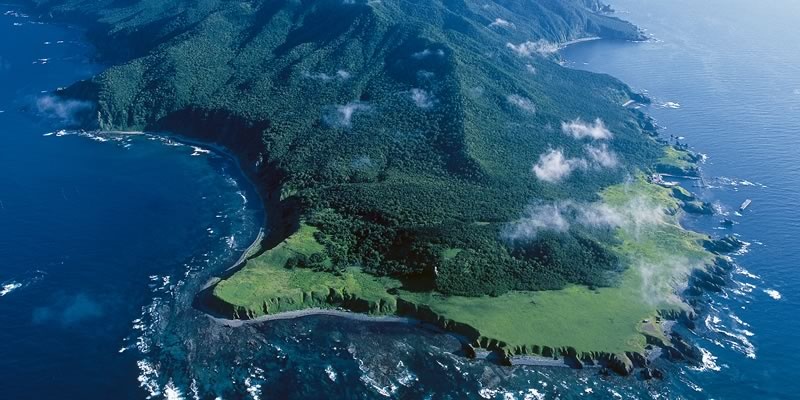Hokkaido: The Purest Nature in Japan

http://en.visit-hokkaido.jp/thingstodo/winteractivity/ski/
While most of Japan is characterized by highly industrialized urban centers with dense populations and hilly coastlines, Hokkaido is tremendously open, and has a feeling reminiscent of the vast North American geography. With serene, rich nature and open land, Hokkaido is suited both to agriculture and to tourism.
Harsh winters makes Hokkaido heaven for winter sports: With the superior quality of its dry powder snow and its open geography, Hokkaido is arguably the best ski region in Asia, and as proven with the Winter Olympic Games in Sapporo in 1972, Hokkaido’s resort development has been very successful and recognized as among the top quality in the world.
Surrounded by different cold currents from the Pacific Ocean, the Sea of Okhotsk and the Sea of Japan, Hokkaido produces nearly one quarter of the national seafood catch, and significantly contributes to the country’s culinary industry, which traditionally requires high-quality, fresh seafood. Taking advantage of the flat and broad landscape, Hokkaido forms the breadbasket of Japan: The wide prairies and the cooler climate are recognized as perfect for forestry, rice, vegetable and dairy farming. Forests in particular take up almost half of the entire area of Hokkaido, and are what make the island so rich in wildlife and virgin nature.
Hokkaido in the World's Spotlight
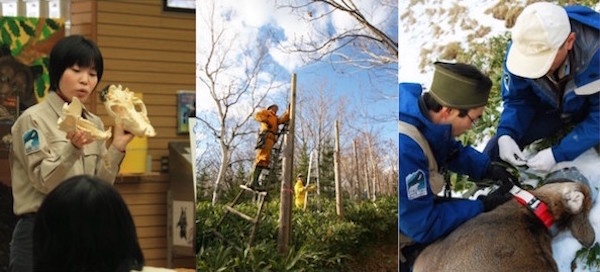
http://www.shiretoko.or.jp/en/
Shiretoko
This small peninsula in eastern Hokkaido extends into the Sea of Okhotsk, a great example of how Hokkaido maintains both great nature and comfortable human life. The Shiretoko Peninsula is covered with untouched forest, and along with its precipitous coastline and volcanic central area, the peninsula is home to many varieties of migrant birds and marine species, some of which are classified as endangered.
Because of its rich natural habitats, Shiretoko offers a perfect natural food chain, which is becoming rarer in recent years. Yet Shiretoko is also home to several fishing villages, showing how this peninsula accomplishes the perfect cohabitation of human society and natural life.
Thanks to its successful integration of human and natural habitats, the Shiretoko Peninsula became a UNESCO World Natural Heritage Site in 2005, and since then the peninsula has been working on environmental maintenance such as garbage removal and regulating eco-tourism.
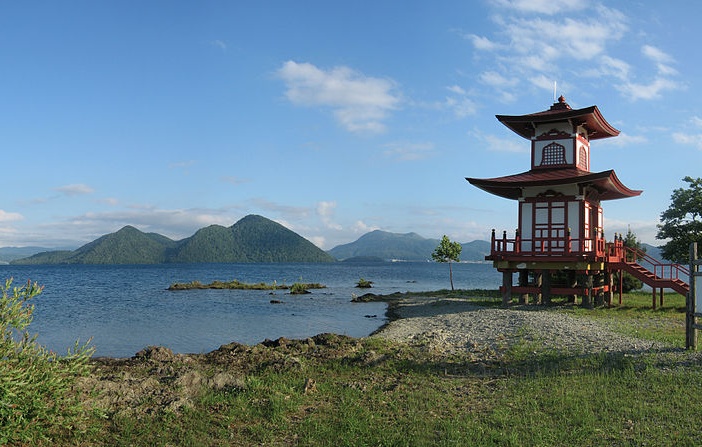
https://commons.wikimedia.org/wiki/File:Shrine_Toyako_hokkaido.jpg
Lake Toya
Paying respect to the region's tremendous nature and its extensive efforts to maintain its environment, the annual summit meeting of the then-Group of Eight (G8 Summit) selected Hokkaido for its 2008 meeting. At the beautiful summer shore of Lake Toya in southwestern Hokkaido, national leaders from the eight member nations gathered to discuss global issues, with a particular focus on climate change.
Lake Toya formed in a volcanic crater, and among the various lakes in Hokkaido, it is known for not freezing during the harsh Arctic winter weather because of its 180-meter (590-ft) depth. The reflections in the water and the magnificent view of volcanic mountain Mount Usu beneath the blue sky are breathtaking, representative of Hokkaido’s rich landscape. Be sure to check out the hot spring spots scattered around the lake!
Culture In Hokkaido
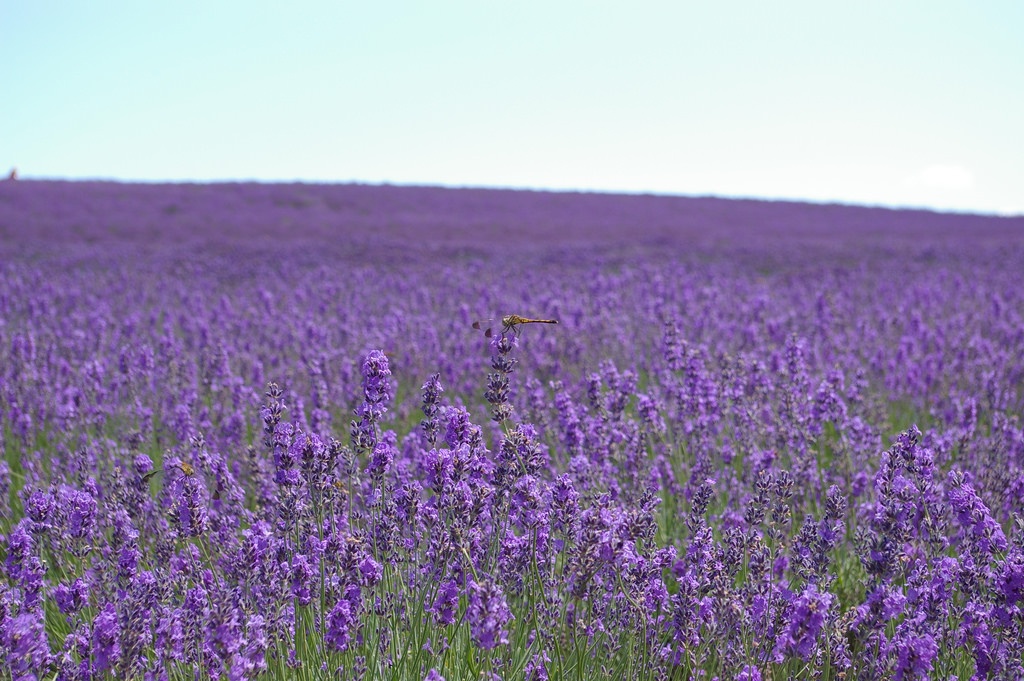
https://www.flickr.com/photos/e29616/1028583115/
Summer Festivals
Because of the long, dark and harsh winter, people in Hokkaido enjoy the short summer with festivities. Lake Toya is the venue of spectacular fireworks from April through October, illuminating the quiet, glassy surface of the lake every night.
Furano, a large ski resort area that's been growing increasingly popular with tourists from overseas, is also a big destination for summer activities. Furano’s mountains, which serve as world-class ski areas in winter, are major camping and hiking venues for outdoorsy adventurers from all over the world in the summer. Mount Nishidake and Mount Furano open for summer hiking in early June, with shuttle bus service available to hikers between the nearest train station and the trailhead in the mountains.
Furano’s large flower fields are also big attractions in the summer. The region’s largest festival is held at the lavender farms in Kami-Furano starting in late July, with the lavenders stretching all the way to the horizon. One of Hokkaido’s most idyllic scenic routes also runs through Furano, and you can see flower farms and fields of different colors as you drive along Route 237, with yellow sunflowers shining against the pure blue summer sky.
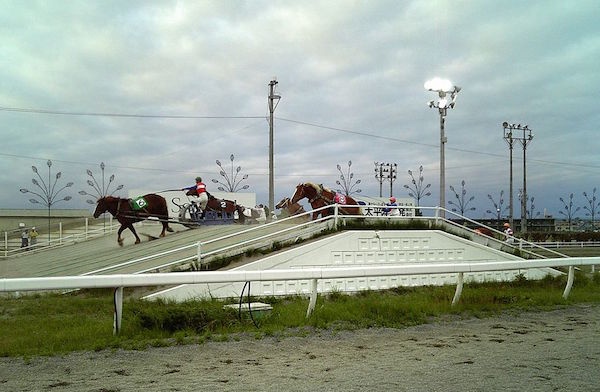
https://en.wikipedia.org/wiki/Ban%27ei
Equestrian Culture
Horses were brought to Hokkaido in the late 19th century. Introduced for the agricultural development of the region, horses have played a major part in people’s lives. The vast open land of Hokkaido has become the center of the nation's equine husbandry, both of strong draft horses and sleek thoroughbreds, and a unique horse race has been born here.
Ban'ei Horse Racing is a 200-meter race that features draft horses that are double the size of normal thoroughbreds, each pulling an iron sled. The ground is marked by humps that test not only the speed but also the power and endurance of the horses. The beauty of Ban'ei Horse Racing is the proximity of spectators to the horses on the track—since horses run slower pulling an iron sled, people can cheer them on right by the tracks.
Hokkaido Rail Pass
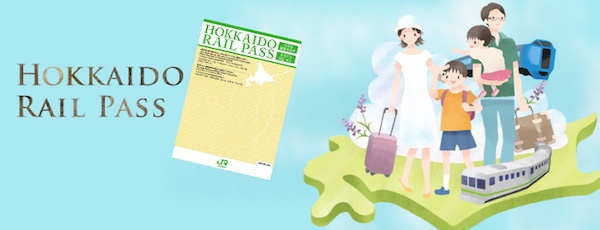
http://www2.jrhokkaido.co.jp/global/
Hokkaido is big country! To cruise around the island from corner to corner, the JR Hokkaido Rail Pass is the way to go. You can select a pass for three, four or five days depending on your itinerary, and get unlimited rides of any JR train lines and buses in Hokkaido.
On the other hand, the Hokkaido Round Tour Pass is valid for seven days, and provides unlimited rides on JR transportation, as well as non-reserved seats on limited express and express trains operated by JR for faster trips over longer distance.
Read full story: www.chopsticksny.com
Related Articles:
Winter Beauty: Kyoto
Tokyo: The World Food Festival in the Food Capital
Fireworks: Japan’s Summer Spectacle

